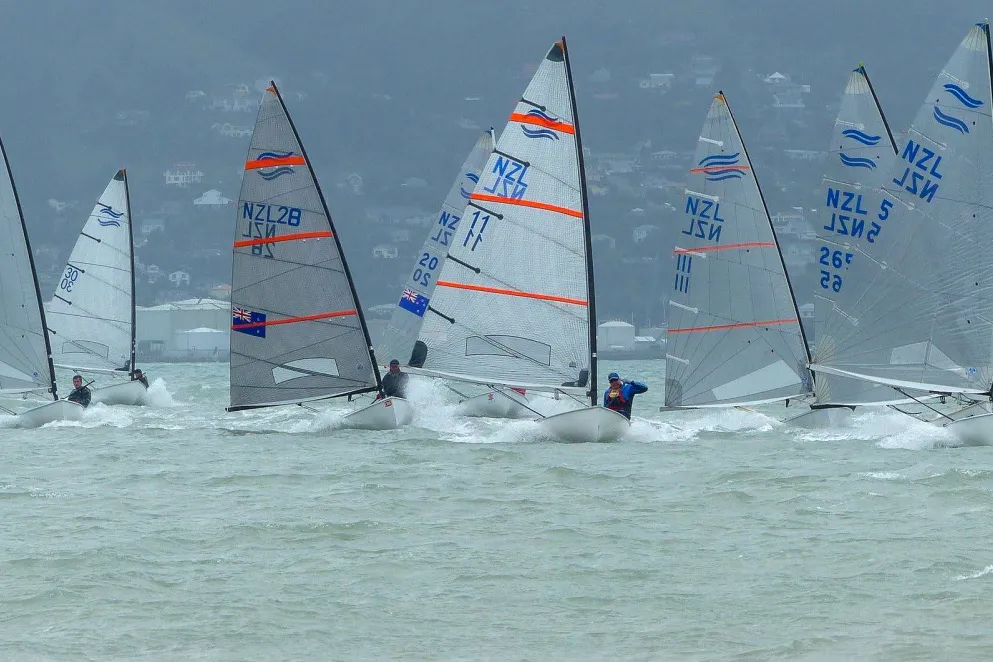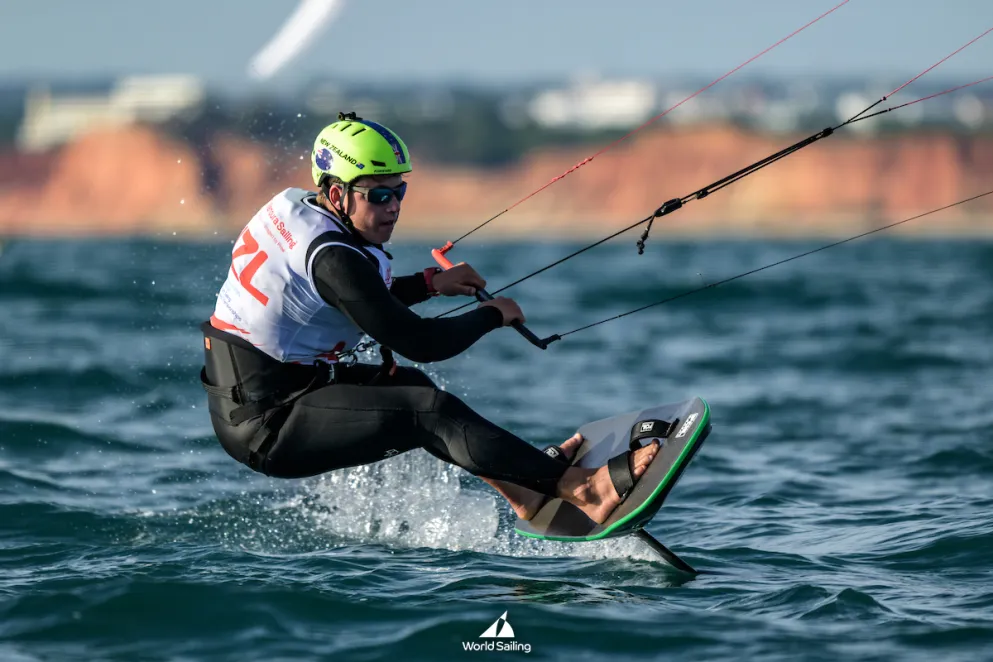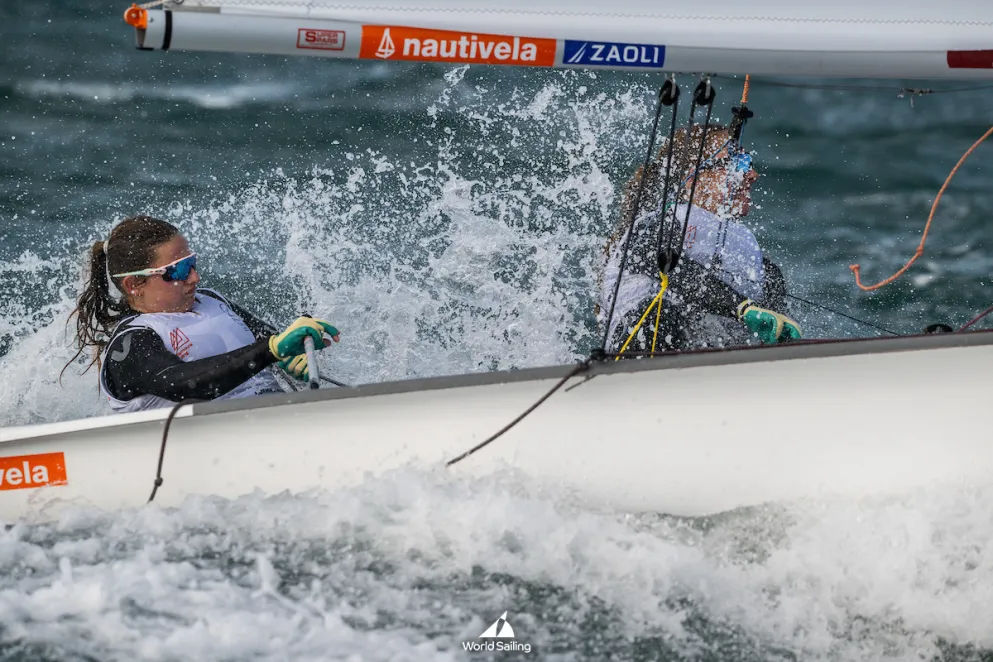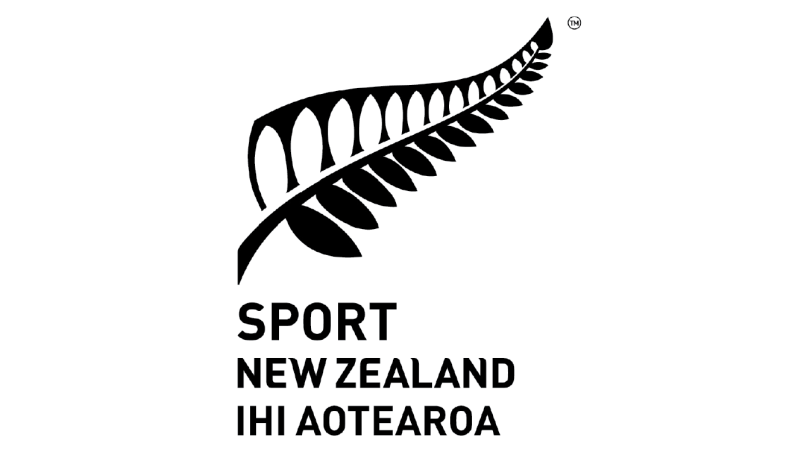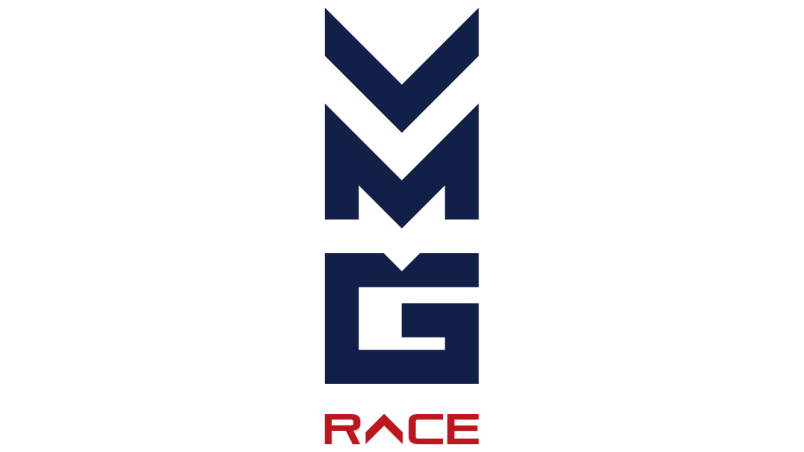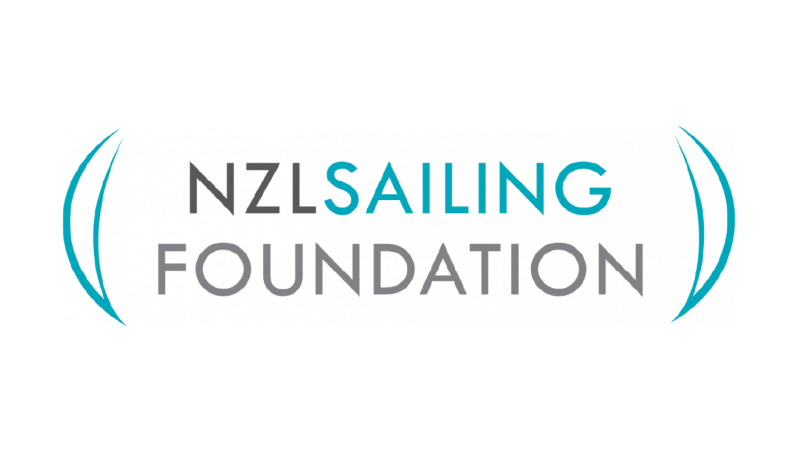Class of the Month - NZ Finn Association
They are the big boys of dinghy sailing, the powerhouses, and that's a large part of the reason why the New Zealand Finn Association is as strong as it ever has been in this country.
As many as 23 sailors took part in this year's national championships in Christchurch and more than 40 registered to compete in last season's New Zealand Finn Summer Series. The class is particularly strong at masters level and, of course, New Zealand sailors Josh Junior and Andy Maloney have won the last two Finn Gold Cups (world championships).
"The Finn Class is probably, numerically and talent-wise, at one of its strongest points," New Zealand Finn Association secretary Ray Hall said. "The only time I can think that might match it was the early 1980s when the likes of Rick Dodson and Russell Coutts were sailing.
"We went through a little bit of a lull in the 1990s but certainly since 2010 the class has only grown stronger."
That has been driven by a number of factors, most notably the quality of equipment within the local fleet. The top sailors typically upgrade their kit every couple of years, including Junior and Maloney, and their older equipment then filters down through the rest of the fleet.
For that reason, any newcomers can be reasonably competitive within the short space of time.
Not that there is much turnover. Former Olympian Bret de Thier, for instance, is 76 and been sailing a Finn for 60 years, former All Black and Counties Manukau captain Alan Dawson for 47 years and David Hoogenboom for more than 30 years. All three appear on the Finn class' honours board.
It's a board littered with a who's who of New Zealand sailing, with the likes of Coutts, John Cutler, Craig Monk, Tom and Rick Dodson, Ralph Roberts, Jonty Farmer, Dan Slater and Andrew Murdoch and, more recently, Junior and Maloney.
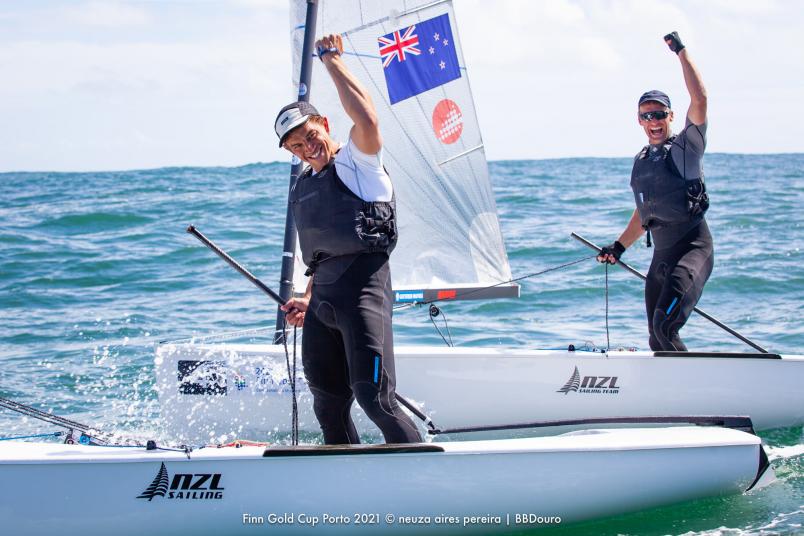
Andy Maloney, left, won last month's Finn Gold Cup and Josh Junior was third. Photo: BBDuoro.
It has also delivered the equal-most Olympic medals of any dinghy class in this country with three and it's hoped Junior can pick up another next month in Tokyo.
Longevity has something to do with that, having been at the Olympics since 1952, but Tokyo represents the last time the Finn will be on the Olympic programme.
Hall was bitterly disappointed to see it dropped for the 2024 Paris Olympics because there now isn't an obvious pathway for the heavyweight sailor, but doesn't think it will impact the local scene much.
"We do it because we love it," Hall said. "It’s a powerful boat. You can’t not feel the power when you sail it and when you sail it well it’s enormously enjoyable. It’s comfortable, you’re not cramped in it and the technology is quite amazing.
"We do see some struggles and concerns about attracting people to the class [with it being out of the Olympics].
"Given the fact you need to be at least 90kg to sail the Finn, it’s the natural progression for Laser (Ilca 7) sailors who want to stop starving themselves and actually have a healthy lifestyle. It’s very much a class for what we call the New Zealand athlete, big, powerful, the ex-rugby player and someone who has grown out of Lasers and two-handed boats."
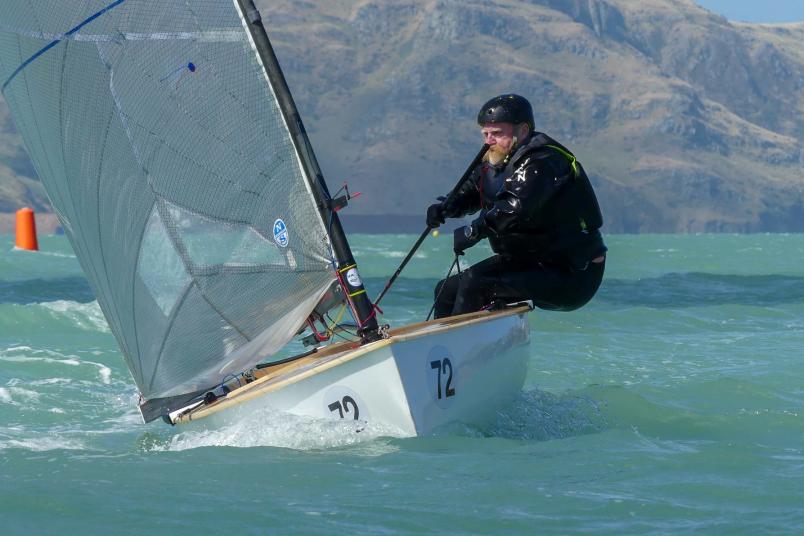
Mike Pearson racing at this year's nationals. Photo: Naval Point Club Lyttelton.
It's also a class that suits the tinkerer, the person who enjoys tweaking and developing equipment to make the boat go faster. Class rules allow a certain degree of technical development, which means boats are set up differently at all levels.
Hall and others at the top of the New Zealand fleet are looking forward to returning to international competition, potentially at next year's masters world championships in Finland. The international masters fleet is incredibly strong, with the number of competitors often in excess of 350.
"It’s a huge fleet worldwide and that’s very much the core of our fleet in New Zealand with guys in their 40s and 50s, still strong, still competitive, still working in the gym," Hall said.
The biggest fleet in New Zealand is currently in Christchurch, with up to 15 boats racing regularly at the Naval Point Club Lyttelton. There are also strong fleets in Wellington and Auckland, with another one building in Marlborough, and each year the masters gather at the Waiuku Yacht Club, the spiritual home of the Finn in this country, for the masters national championships.
Karl Purdie has emerged as the sailor to beat over the last few years, taking out the last five national titles, but he's been pushed hard by the likes of Hall and Mark Perrow.
Every so often some of the big names of yesteryear dip into the fleet and two-time Olympian and America's Cup sailor Tom Dodson, who won the national title in both 1979 and 1980, was second at this year's masters national championships.
The next event on the agenda is the Waiuku Winter Champs in September, with the nationals at the Royal Akarana Yacht Club in February, and there are bound to be a catalogue of big boys and big stories bouncing around the boat park.
Anyone interested in joining them can find out more about the New Zealand Finn Association here or check out their Facebook page here.
